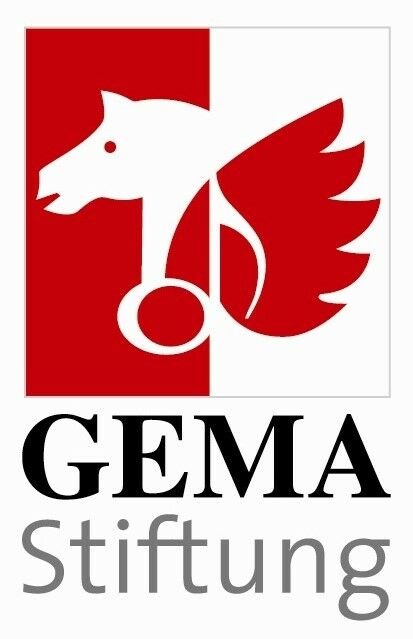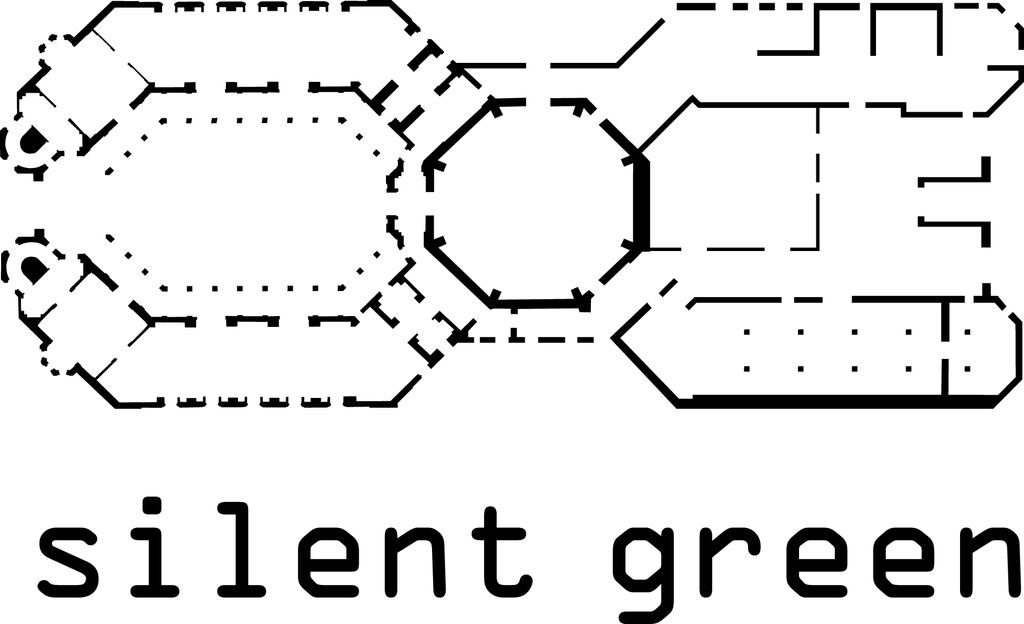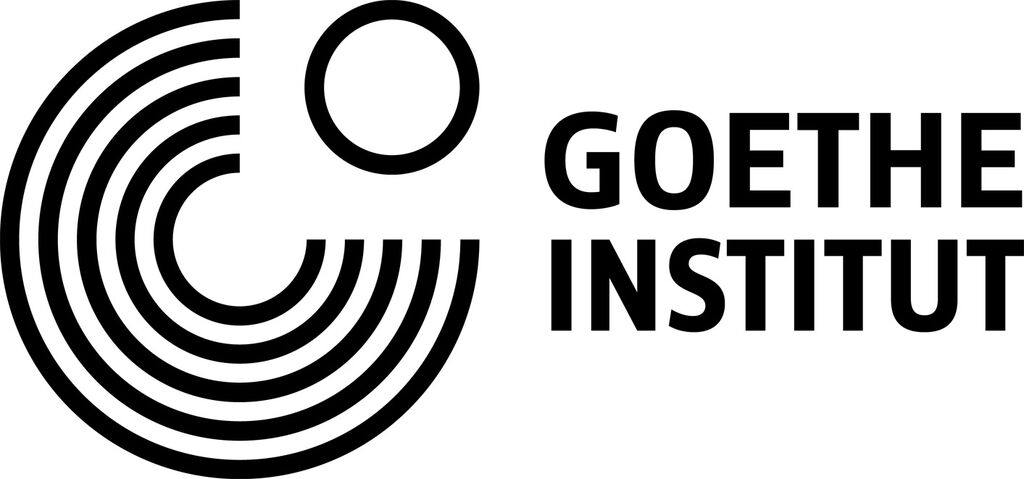Desertshore
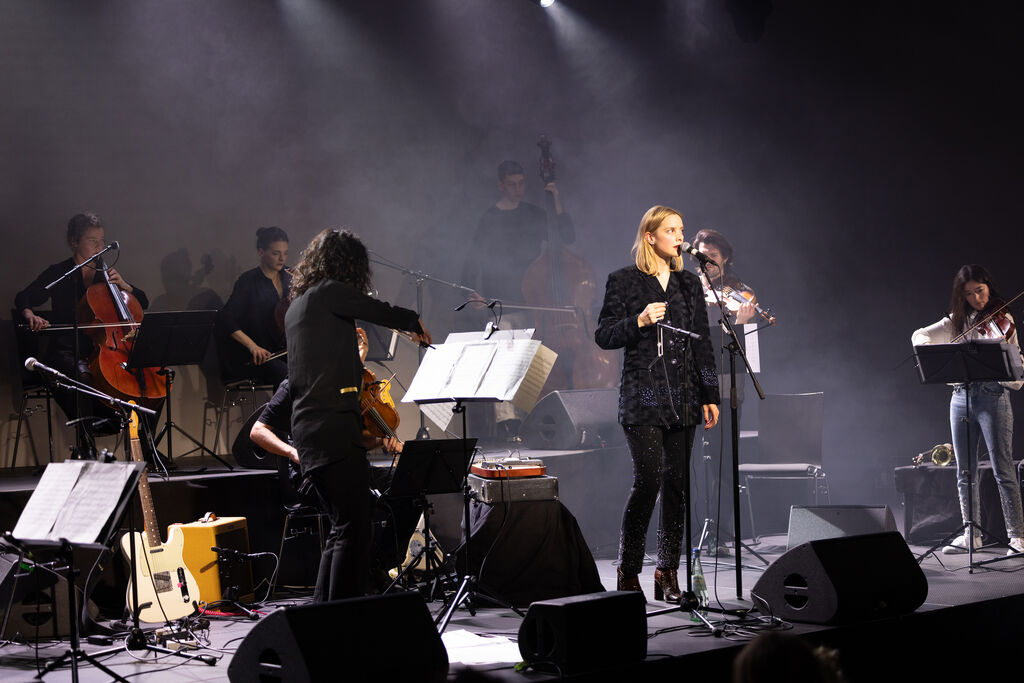
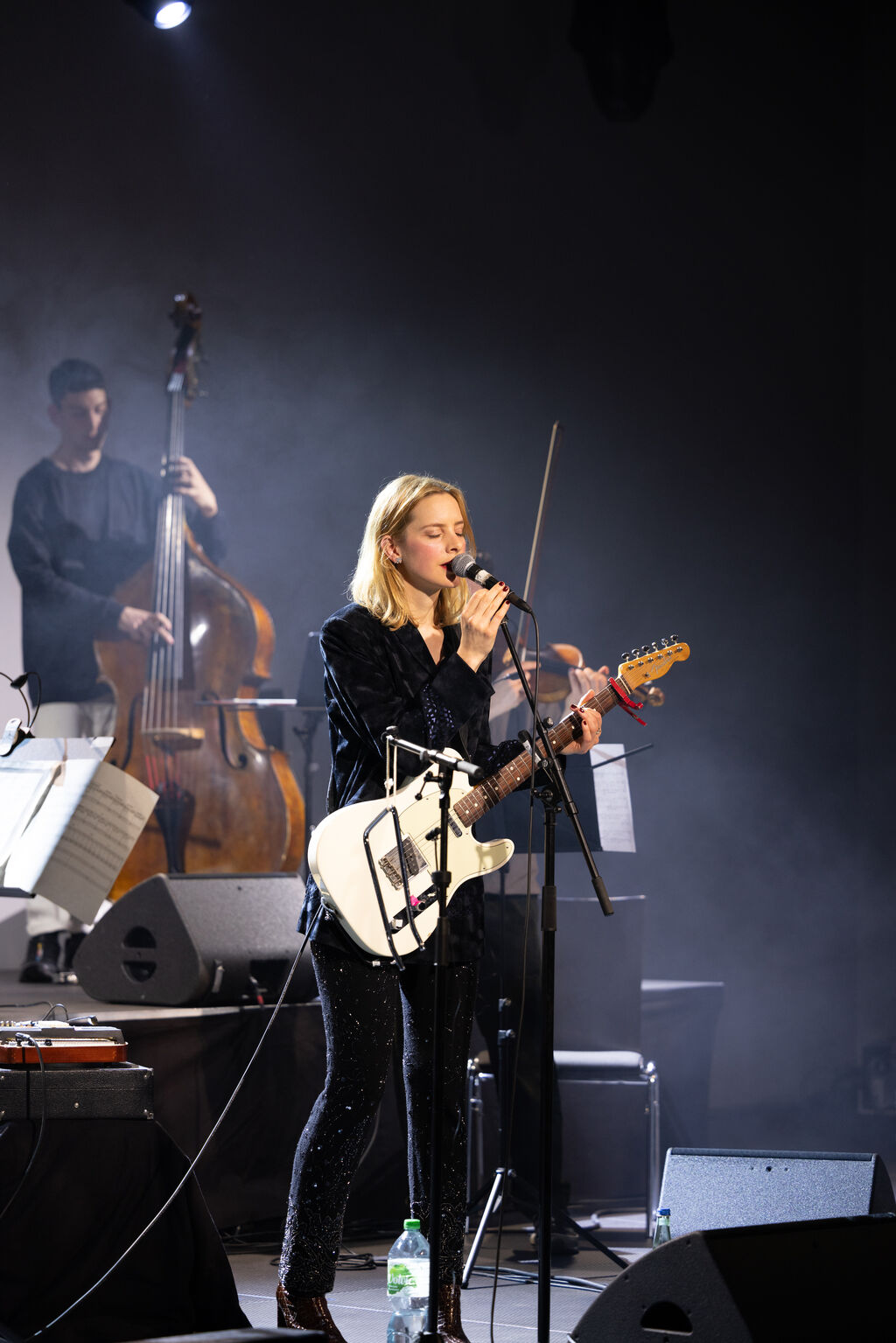
Solistenensemble Kaleidoskop and Anika present Nico: 'Desertshore'. Oscillating between closeness and dissociation from the melancholy of the 1970s original, the acclaimed Berlin-based music and performance group sets out to reinterpret the infamous solo album, along with singer, poet and artist Annika Henderson aka Anika (Invada, Sacred Bones, Stones Throw). Composers Grégoire Simon and Paul Valikoski – both musicians in the ensemble – weave Desertshore’s motifs into compositions of their own. The music, lyrics and atmosphere of Nico’s melancholic and deeply personal solo album act as a substrate for a deeper musical exploration of death, transience and isolation.
Together, Nico’s unique voice and John Cale’s experimental arrangements created an album that has become a cult classic over the years as one of the most influential albums of avant garde pop music.
To complete the program, there will be an overture by Valikoski und Simon, as well as an interlude of Anika's songs 'Never Coming Back' and 'Rights', from Anika's 2021 solo L.P 'Change', which she wrote shortly after working on arrangements with Valikoski und Simon for the 'Desertshore' piece back in 2020, and also features live performances from Solistenensembles Kaleidoskop's Paul Valikoski on Harmonics, Violin, Chimes (Rights) and Caleb Salgado on Bass (Never Coming Back).
Just at the Berlin Show, Kaleidoskop juxtaposes this with another 1970s composition, presenting Witold Lutosławski's complex Preludes and Fugue for 13 strings. Between aleatoricism and the highest complexity, seven very different and overlapping preludes precede a large-scale fugue, creating an intriguing contrast to the Desertshore interpretation.
The project was born in 2020. Both of the original pieces, Nico's Desertshore and Lutosławski's Preludes and Fugue apperaed as part of the project Witold/Nico(Jaws) and were performed in the small time spot between the first lockdowns during the pandemic in August 2020 at Radialsystem, Berlin.
Meet me on the Desertshore
(Liner Notes by Jens Balzer)
Once referred to as a “sphinx of ice,” Nico is one of the most mysterious figures to emerge from pop music in the last decades. The yearning for death present in her songs and the way her monotone vocals permeate the listener’s body continue to fascinate audiences 35 years after her death. Born Christa Päffgen in Cologne in 1938, she left for Paris as a teenager in the 1950s to embark on a modeling career. She appeared in Felllini’s La Dolce Vita and eventually met Andy Warhol in New York, who thought she looked “like she could have made the trip over right at the front of a Viking ship.” Warhol brought her together with the band The Velvet Underground, whom he was managing at the time. Together they recorded the epoch-making album The Velvet Underground and Nico. And it was together with the band’s viola player John Cale that Nico recorded a succession of remarkable solo albums in the following years: the light cover album Chelsea Girls (1967), the icy-dark The Marble Index (1969), and finally Desertshore in 1970 – a collection of elegies, some in English, others in German. In “Mütterlein,” Nico wishes to be back in her mother’s womb, in “Abschied” she sings for a lover who finds salvation in death: „Sein Körper bewegt sich nicht / Im Traume sich endlich sein Zwingen vergisst“ (His body does not move / In dreams his coercion is forgotten at last). Nico plays slowly vibrating, ebbing and flowing tones on the harmonium while John Cale’s electronically amplified, distorted viola screeches and sings.
Desertshore is equally minimalistic and opulent, a seemingly pared down musical composition whose arrangements are nevertheless highly complex. After steadfastly seeking out new connections between embodiment and sound, between “high-brow” and “popular” music for nearly two decades, the Solistenensemble Kaleidoskop has given Desertshore a new form. The ensemble has transfigured the vibrations and intensely penetrating drones into a free form for string instruments. Annika Henderson, who performs under the artist name Anika, joins in with her vocals. The artist, composer, and musician has also been on a search for answers since her debut record Anika appeared in 2010. She has worked together with numerous renowned artists from different fields such as Tricky and Jim Jarmusch, as well as initiating projects on different continents such as her psychedelic rock band Exploded View in Mexico City and Ni Vash in Iran – always on the hunt for a deeper understanding of humanity, the world, and the relationships between people. Moving between experimental, psychedelic, dub, electronic, post-punk, techno and pop genres, she searches for commonalities rather than differences.
Anika hesitated to accept the project at first, as her debut was often compared to Nico due to the deep and penetrating quality of both their writing and their shared German roots. But she accepted the challenge, for the ensemble also appeared to be searching for something new, wanting to deconstruct the album and explore it further rather than producing a museum piece. Anika developed the arrangements together with Paul Valikoski and Grégoire Simon. A trained violinist, Paul Valikoski has explored a wide range of aesthetic fields such as performance, film, theater, dance, and art installations, while also working with electronic instruments. Grégoire Simon is a viola player as well as a violinist, an electrics technician, and a producer; he played the solo viola in Pierre Boulez’ Ensemble Intercontemporain and he belongs to the pool of the Solistenensemble Kaleidoskop.
They agreed on one thing immediately, said Volker Hormann, one of the leaders of the ensemble: “We didn’t just want to make a musical memorial to Nico.” They were also aware of how easily string-arrangements of pop compositions can come across as indulgent, or laid on too thick. Therefore, they chose not to translate the original music into strict arrangements on paper. Rather, they tried to draw cues for the ensemble piece from the shifting moods and temperatures of Nico’s original work. They wanted to explore the special aura of this music while also translating it into a new form; to delve deeper into the mystery that is Nico – all while preserving her work.
The songs are interpreted by a seven-person string ensemble; the arrangements significantly influenced by medieval church music, said Paul Valikoski and Grégoire Simon. Instead of the trumpet sounds emitted by the Chamberlin keyboard John Cale used for the original Desertshore album, the ensemble’s version features a stroh violin – a type of viola whose vibrations are translated into sound through a sort of gramophone horn. An autoharp is also used, as is a dulcimer whose slightly grainy-sounding vibrations resemble the harmonium Nico plays in the original. This sense of floating, these frequencies and oscillations – “It’s music that’s very typical of the time in which it was created, of the 1970s,” said Anika. “You hear the influences from India, the desire for spirituality and meditation. Sometimes you get the sense that you’re sitting in on a therapy session; sometimes you feel like you’re following Nico deep down into her unconscious.”
This is what Anika found so fascinating about working with this music: When you lower yourself into it, you sink into the voice, the spirit, and the body of a person wrestling with herself, with her demons, with her history. What Anika and the Solistenensemble Kaleidoskop have created with their adaptation of Desertshore is, however, quite the opposite of nostalgia. Their approach to this singer and her music enables us to feel and recognize its extraordinary contemporaneity – in all its disjunction, in the work on trauma, on the sense of homelessness in a world whose shape is constantly shifting and that withholds precisely what Nico longs for in “Mütterlein:” a return to the womb, to a place where “die Sehnsucht und die Einsamkeit / erlösen sich in Seligkeit” (yearning and loneliness / dissolve into blessedness).
Desertshore
Desertshore
Desertshore
Desertshore
Desertshore
Desertshore
Desertshore
A production by Solistenensemble Kaleidoskop. Funded by Senate Department for Culture and Community and the Gema Foundation.
In cooperation with silent green. Tour in cooperation Powerline Agency.
Co-presented by Synästhesie Festival Digital in Berlin und Byte FM (media partners)
The concerts in France are supported by the Goethe-Institut

